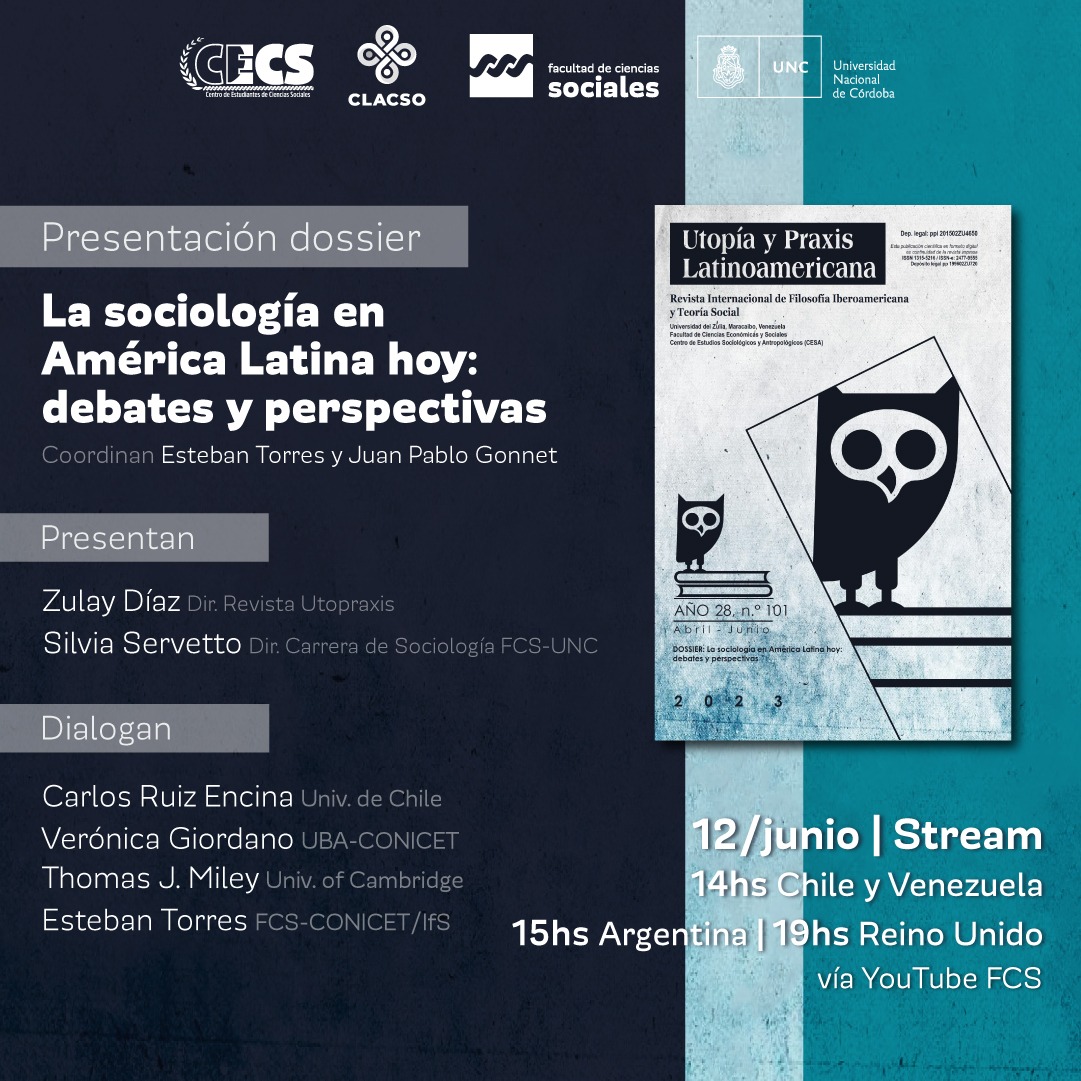Distance E-Learning (DEL) and Communication Studies During Covid-19 Pandemic
Resumen
ABSTRACT
This study explores the Distance E-Learning (DEL) experience of Communication students during the Coronavirus pandemic, in the United Arab Emirates (UAE), and measures the appropriateness of online remote technologies for media and communication courses. The data revealed several advantages that lie mainly in harnessing technologies, enhancing students' communication skills, and saving teaching and learning in times of crisis. The limits are mainly related to technical issues and computer proficiency. The findings from this study provide important input towards designing effective open online courses for communication students not only in the University of Sharjah but also in the world.
RESUMEN
Este estudio explora la experiencia de aprendizaje electrónico a distancia (DEL) de los estudiantes de comunicación durante la pandemia del coronavirus, en los Emiratos Árabes Unidos (EAU), y mide la idoneidad de las tecnologías remotas en línea para los cursos de medios y comunicación. Los datos revelaron varias ventajas que se encuentran principalmente en aprovechar las tecnologías, mejorar las habilidades de comunicación de los estudiantes y salvar la enseñanza y el aprendizaje en tiempos de crisis. Los límites están relacionados principalmente con problemas técnicos y competencia informática. Los hallazgos de este estudio proporcionan información importante para el diseño de cursos en línea, abiertos y efectivos para estudiantes de comunicación no solo en la Universidad de Sharjah sino también en el mundo.
Citas
ABULIBDEH, ES & SYED HASSAN, SS (2011). “E-learning interactions, information technology self efficacy and student achievement at the University of Sharjah, UAE”, Australasian Journal of Educational Technology, 27(6). Retrievable from: https://doi.org/10.14742/ajet.926
BIGGS, J & TANG, C (2007). Teaching for Quality Learning at University.
BLIUC, A, GOODYEAR, P & ELLIS, RA (2007). “Research focus and methodological choices in studies into students' experiences of blended learning in higher education”, The Internet and Higher Education, 10(4), pp.231-244. Retrievable from: https://doi.org/10.1016/j.iheduc.2007.08.001
CAMBRIDGE (2004). Oxford Dictionary of National Biography, Retrievable from: https://doi.org/10.1093/ref:odnb/91103
CANÓS DARÓS, L., GUIJARRO, E., BABILONI, E., & SANTANDREU-MASCARELL, C. (2019). “Una metodología para evaluar la Competencia transversal Trabajo en Equipo Y Liderazgo“, JIDDO – I Jornada de innovación en docencia universitaria para la dirección de organizaciones públicas y privadas. Retrievable from: https://doi.org/10.4995/jiddo2019.2019.10190
COOK, DA & DUPRAS, DM (2004). “A practical guide to developing effective web-based learning”. Journal of General Internal Medicine, 19(6), pp.698-707. Retrievable from: https://doi.org/10.1111/j.1525-1497.2004.30029.x
GEWIN, V (2020). “Five tips for moving teaching online as COVID-19 takes hold”, Nature, 580(7802), pp.295-296. Retrievable from: https://doi.org/10.1038/d41586-020-00896-7
HARASIM, P (2012). C-sections: Some question whether surgery occurs only for medical necessity. Texas Nurses Association, Nursing Flash.
HARRISON, R, HUTT, I, THOMAS-VARCOE, C, MOTTERAM, G, ELSE, K, RAWLINGS, B & GEMMELL, I (2017). “A cross-sectional study to describe academics' confidence, attitudes, and experience of online distance learning in higher education“, Journal of Educators Online, 14(2). Retrievable from: https://doi.org/10.9743/jeo.2017.14.2.3 http://eadscd.univsavoie.fr/moodle/pluginfile.php/1675/mod_resource/content/1/Teaching-for-Quality-Learning-at-University.pdf https://info.hbcommunications.com/hubfs/content/2025-education-in-polycom-survey-enus.pdf https://www.aupress.ca/app/uploads/120229_99Z_Vaughan_et_al_2013- Teaching_in_Blended_Learning_Environments.pdf
JIANG, S & RAFEEQ, A (2018). “Web-based course delivery approach in teaching mass communication courses“, International Journal of Information and Education Technology, 8(6), pp.418-421. Retrievable from: https://doi.org/10.18178/ijiet.2018.8.6.1074
JOWSEYA, T, FOSTER, G, COOPER-IOELU, P & JACOBS, S (2020). “Blended learning via distance in pre-registration nursing education: A scoping review”, Nurse Education in Practice. Retrievable from: https://doi.org/10.1016/j.nepr.2020.102775
KELLY, SM (2020). “Zoom's massive overnight success actually took nine years”, CNN. Retrievable from: https://www.cnn.com/2020/03/27/tech/zoom-app-coronavirus/index.html
KUMAR, V & NANDA, P (2019). “Social media in higher education”, International Journal of Information and Communication Technology Education, 15(1), pp.97-108. Retrievable from: https://doi.org/10.4018/ijicte.2019010107
MARTA-LAZO, C, VALERO-ERRAZU, D & GABELAS BARROSO, J (2018). “USO de Twitter en los MOOC: Nuevas formas de interacción juvenil Y Su influencia en el aprendizaje “, Retrievable from: https://doi.org/10.4185/rlcs-2018-1309
MIDGLEY, S & RESALAT, R (2020). “Why Distance learning? The Complete University Guide”. Retrieved June15, 2020. Retrievable from: https://www.thecompleteuniversityguide.co.uk/distance-learning/what-is- distance-learning
MOORE, JL, DICKSON-DEANE, C & GALYEN, K (2011). “E-LEarning, online learning, and distance learning environments: Are they the same?” The Internet and Higher Education, 14(2), pp.129-135. Retrievable from: https://doi.org/10.1016/j.iheduc.2010.10.001
PICCIANO, AG (2018). Online education: Foundations, planning, and pedagogy, Routledge.
SCHNEIDER, SL & COUNCIL, ML (2020). “Distance learning in the era of COVID-19”, Archives of Dermatological Research. Retrievable from: https://doi.org/10.1007/s00403-020-02088-9
SHUCK, E (2016). “Education in 2025: Education technology innovation survey”, Plolycom Inc, Asia Pacific Growth Management.
SNOUSSI, T (2019). “ICT faculties’ usage in the UAE private universities: A case study”, Global Media Journal, 17(33), pp.1-8.
SNOUSSI, T, KALEEL, A & HASHIM, S (2019). “Social media use in Higher Education: A case study”, Proceedings of Canadian International Conference on Advanced in Education: Teaching and Technology, 27-28 Jul. The Society for Research into Higher Education & Open University Press, England.
UNESCO (2020). “COVID-19 educational disruption and response”, Retrievable from: https://en.unesco.org/themes/education-emergencies/coronavirus-school-closures
VALENTINA, A & NELLY, AG (2015). “The role of e-learning, advantages, and disadvantages of its adoption in higher education”, International Journal of Instructional Technology and Distance Learning, 12(1), pp.29-42. Retrieved June15, 2020, Retrieved from: http://citeseerx.ist.psu.edu/viewdoc/download?doi=10.1.1.694.3077&rep=rep1&type=pdf#page=33
VAUGHAN, ND, GARRISON, DR & CLEVELAND-INNES, M (2013). Teaching in Blended Learning Environments: Creating and Sustaining Communities of Inquiry, AU Press, Athabasca University, Canada.
YETIK, E, OZDAMAR, N & BOZKURT, A (2020). “Seamless learning design criteria in the context of open and distance learning”, Managing and Designing Online Courses in Ubiquitous Learning Environments, pp.106-127. Retrievable from: https://doi.org/10.4018/978-1-5225-9779-7.ch006
ZHANG, D, ZHAO, JL, ZHOU, L & NUNAMAKER, JF (2004).” Can E-lEarning replace classroom learning?” Communications of the ACM, 47(5), pp.75-79. Retrievable from: https://doi.org/10.1145/986213.986216.












